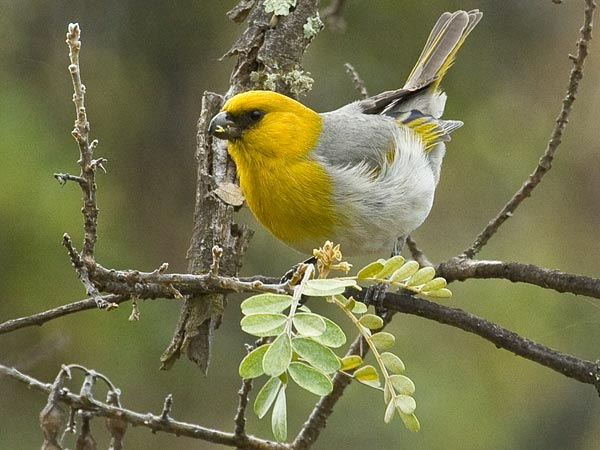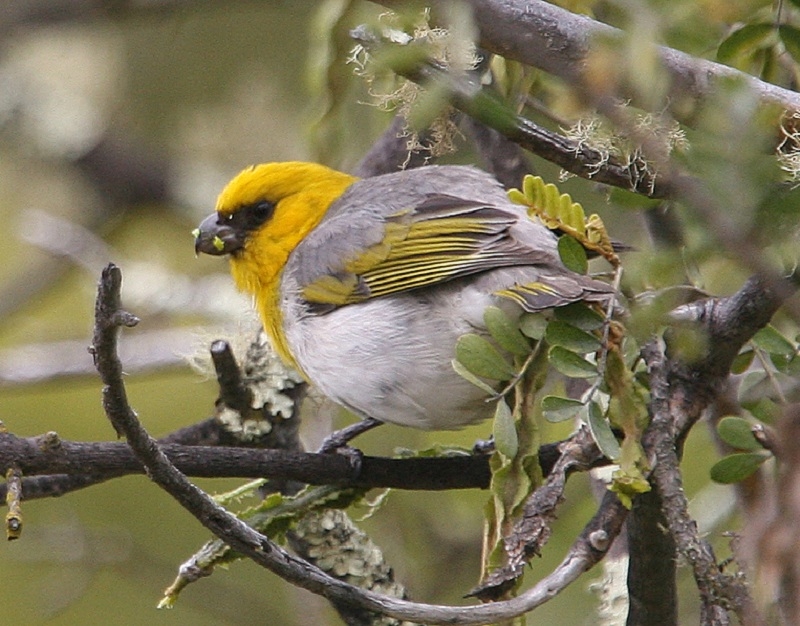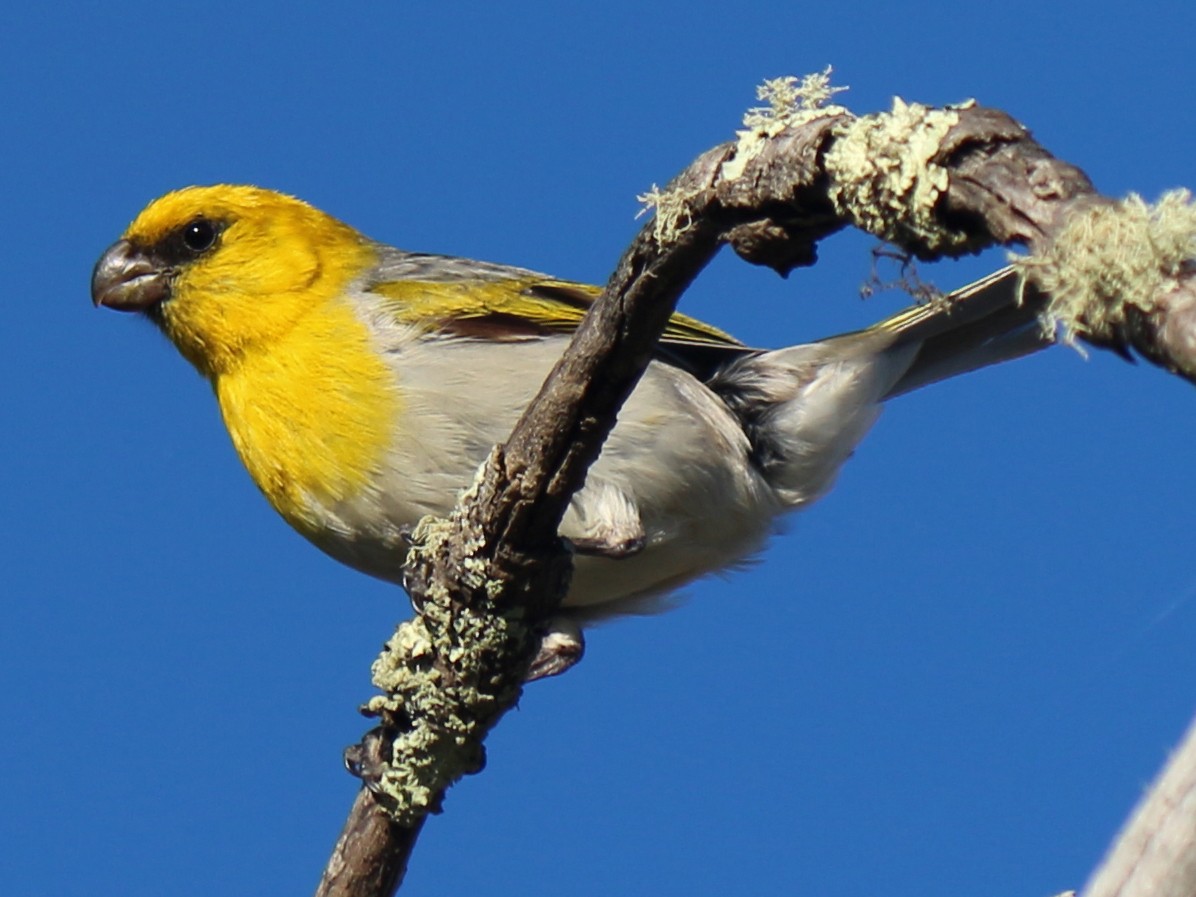Palila Bird – Natural Wonder of Hawaii
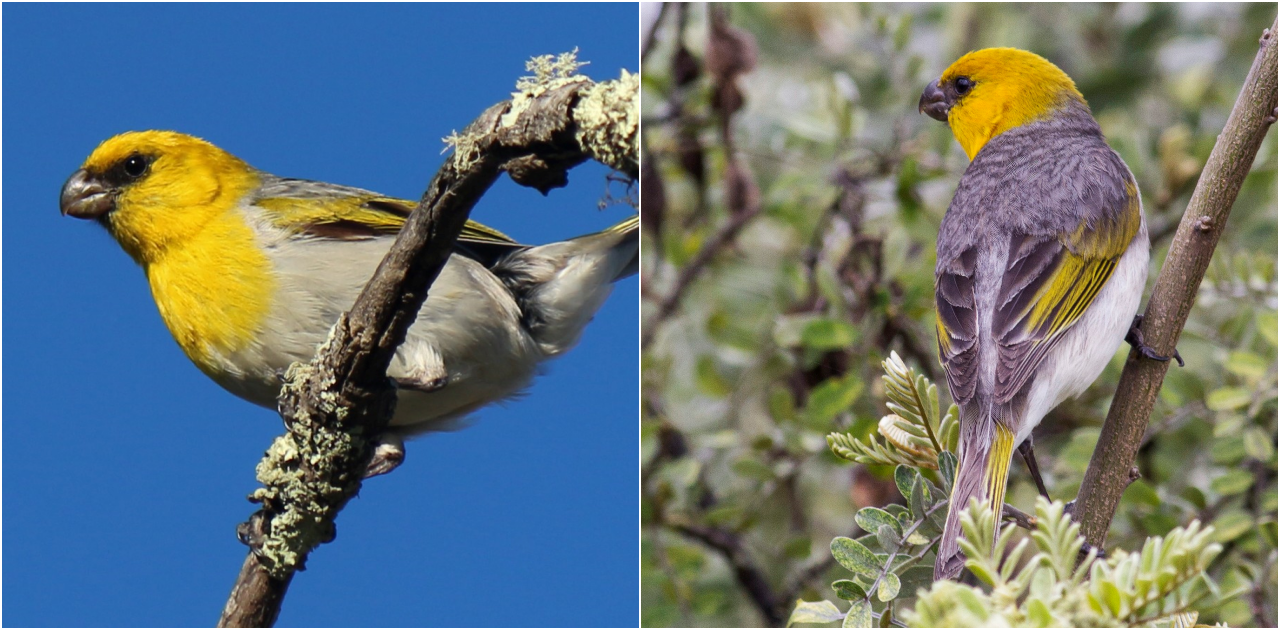
The Palila bird (Loxoides bailleui) is a species of bird endemic to the Hawaiian Islands. This remarkable bird showcases both beauty and ecological significance. Belonging to the Fringillidae family, the Palila is the sole member of the Loxoides genus. This bird species exclusively inhabits the Mauna Kea mountain on the Big Island of Hawaii.
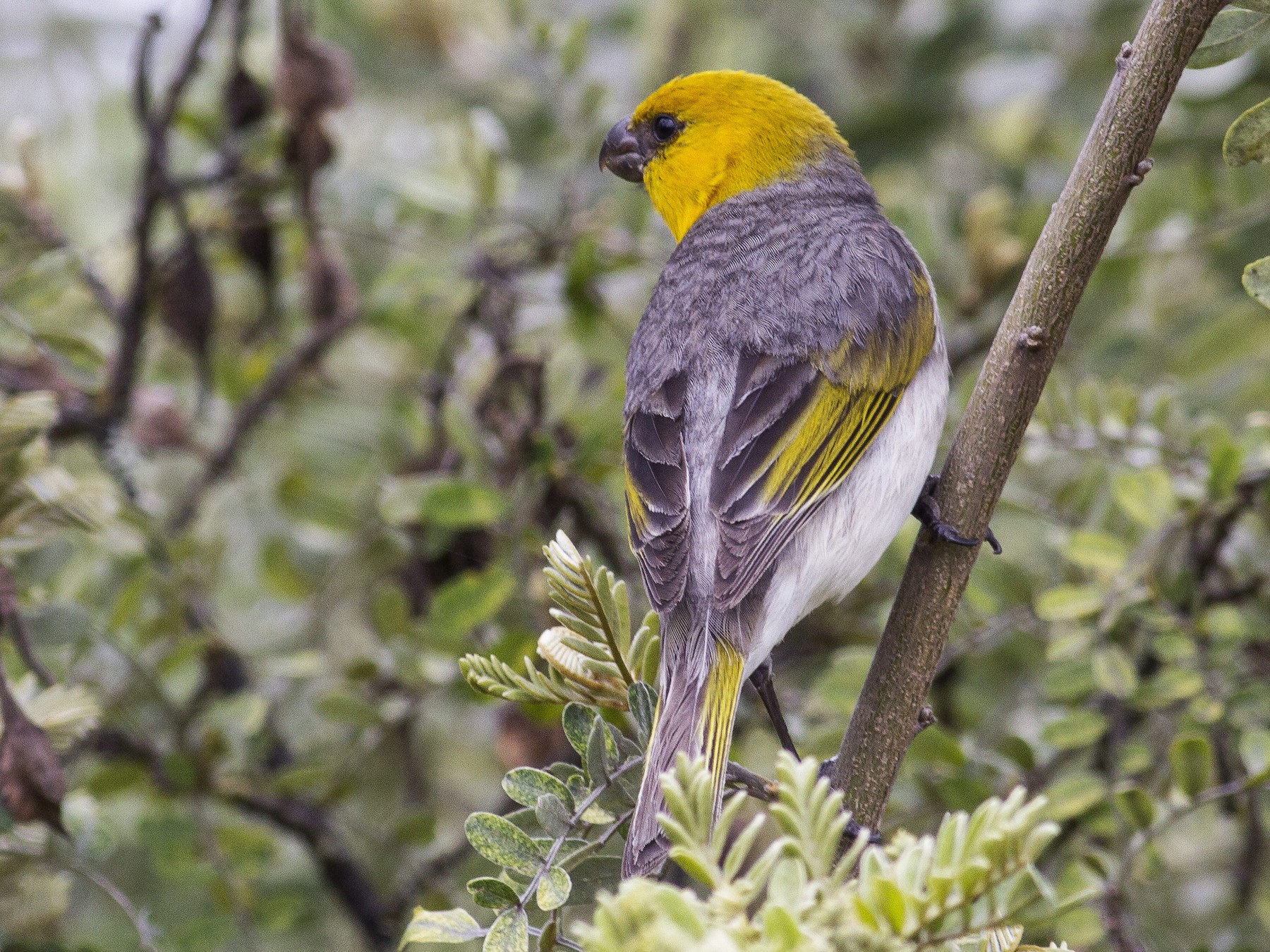
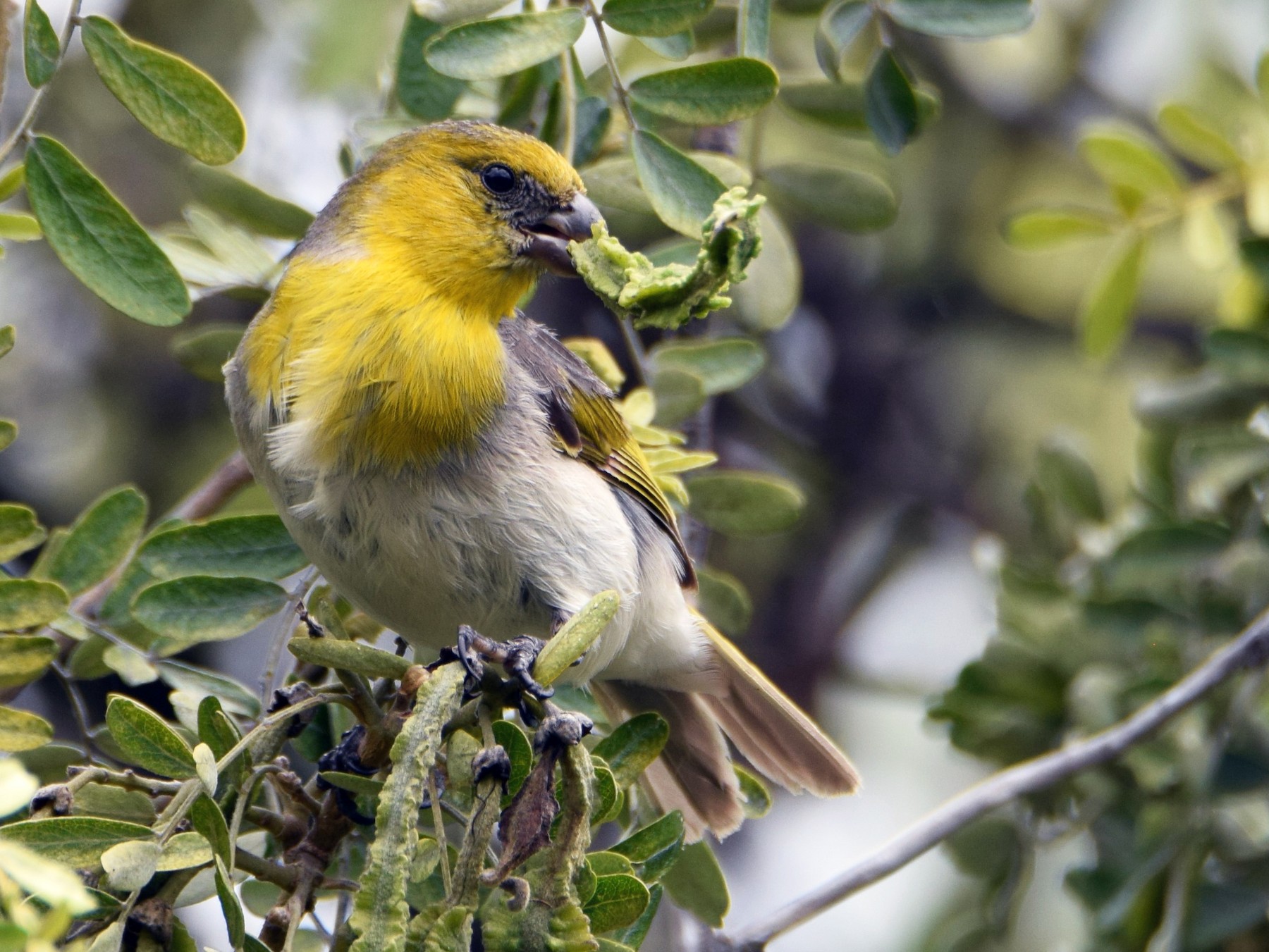
The Palila bird resides in forested shrublands and grassy plains on Mauna Kea. It is a rare and endemic species, limited to an area of approximately 20 km² within this region. The Palila bird primarily inhabits elevations ranging from 1,800 to 2,400 meters above sea level.
The natural habitat of the Palila bird consists of pristine forests and post-fire recovery areas. This bird heavily relies on the mamane tree (Sophora chrysophylla) for its primary food source. The Palila bird feeds on the seeds of the mamane tree and also uses its leaves and branches to build nests. However, habitat loss and a decline in food resources pose significant threats to the survival of this species.
The Palila bird is one of the rarest birds in the world. Estimates suggest that there are only a few hundred individuals remaining in the wild. Due to its critically endangered status, conservation efforts are crucial to safeguard the Palila bird’s existence.
The major threats faced by the Palila bird include habitat destruction caused by invasive plant species, wildfire, and human activities. Additionally, the decline of mamane trees, which are essential to the bird’s survival, further endangers its population. Conservation initiatives focus on habitat restoration, controlling invasive species, and promoting awareness of the Palila bird’s ecological importance.

